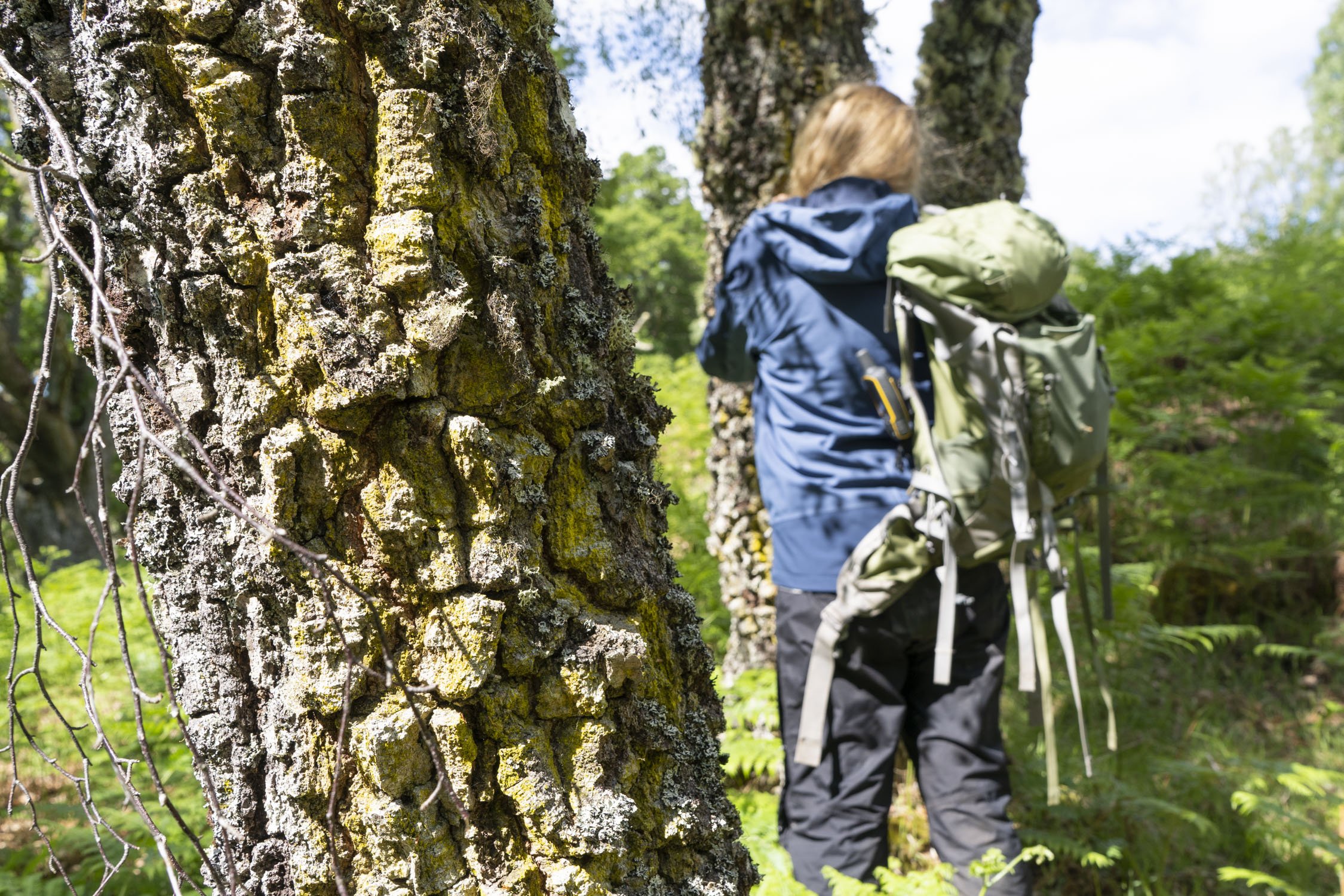
Collaborators
To carry out our research strategies, we have partnered up with a group of both local and UK-wide conservation organisations, ecologists and scientific specialists to develop our surveying methods, that will ultimately inform our intervention plans and recommendations for rewilding.
Collaborators include:
Prof Yadvinder Mahli, Professor of Ecosystem Science, Prof Nathalie Seddon, Professor of Biodiversity, and others across the university, are leading a team at the Leverhulme Centre for Nature Recovery in a broad and deep 10-year collaboration with Highlands Rewilding. Our estates are one of three sites globally where the Oxford Team are focusing their in-depth nature-recovery research.
https://www.naturerecovery.ox.ac.uk/
Research is underway or planned by several departments. Dr Steven Hancock, lecturer in 3D data capture in the Department of Earth Sciences, is co-ordinating projects on Bunloit and Beldorney by students on his MSc remote sensing course.
https://www.ed.ac.uk/geosciences
Jeremy is Entrepreneur in Residence at SRUC. Highlands Rewilding has close relationships with academics at SRUC, on research spanning natural capital, regenerative agriculture, forestry and community benefits.
https://www.sruc.ac.uk/
Prof Roxane Anderson, professor of Peatland science, has incorporated the Bunloit bogs into her team’s world-leading research on peat, carbon and climate.
https://www.uhi.ac.uk
Prof Pete Smith, Professor of Soil Science, has toured Beldorney and will be lead contact at the university in our ongoing research.
https://www.abdn.ac.uk/
-

We are aiming to demonstrate that natural capital can be grown verifiably for planet, people and profit both in wildland and actively managed land.
-

Nature-based solutions are at the natural forefront of climate mitigation and recovery. Learn more about our research aims and methodologies.
-

Interested in rewilding? See how you can get involved by contributing to our research through volunteering and citizen science.





